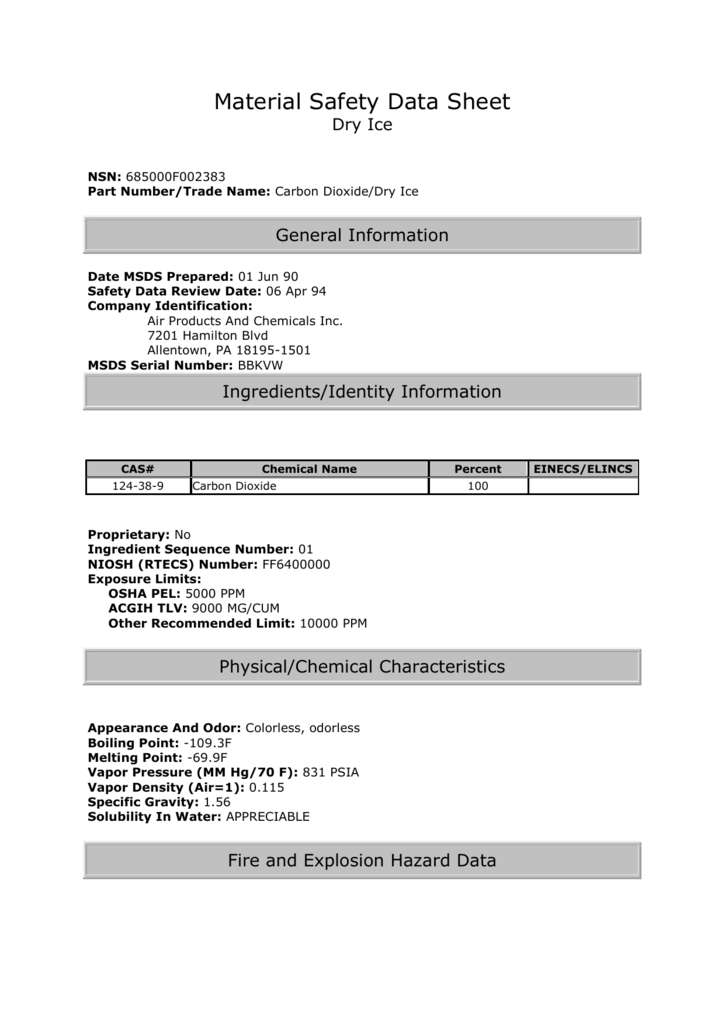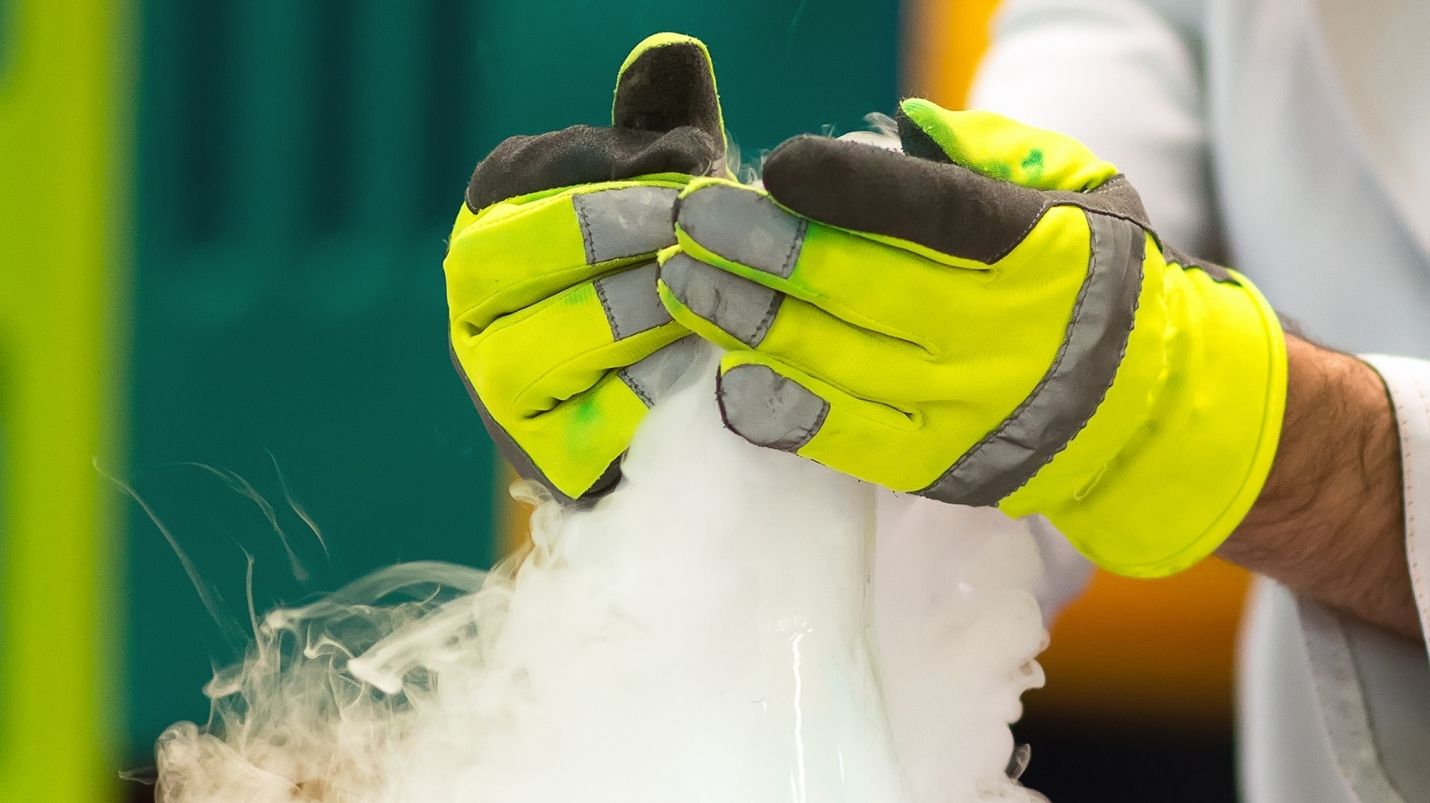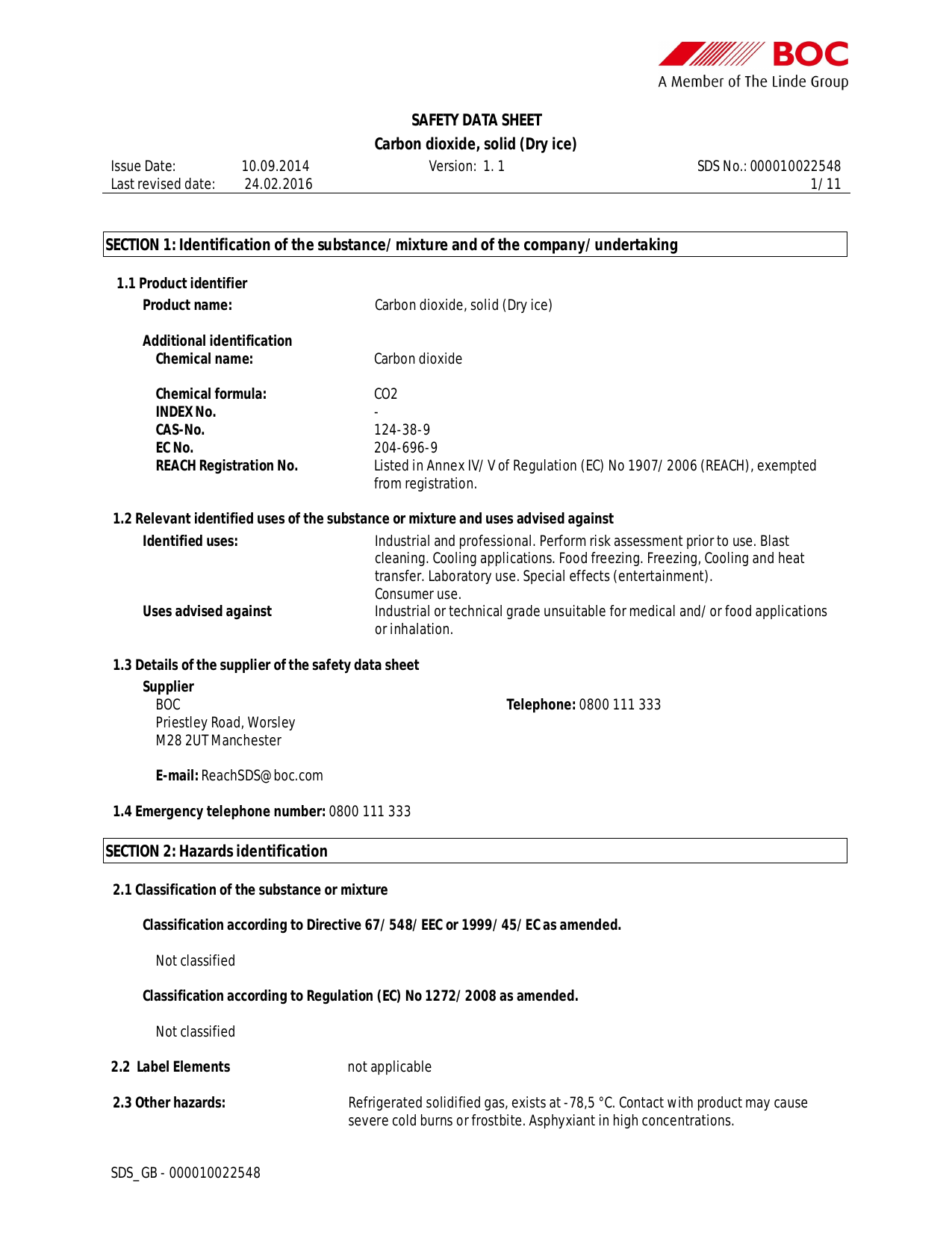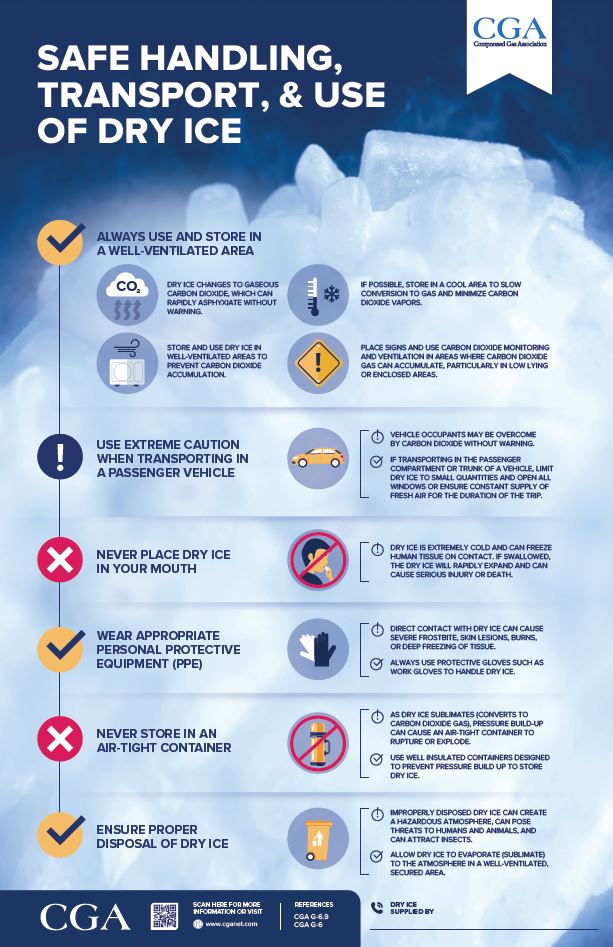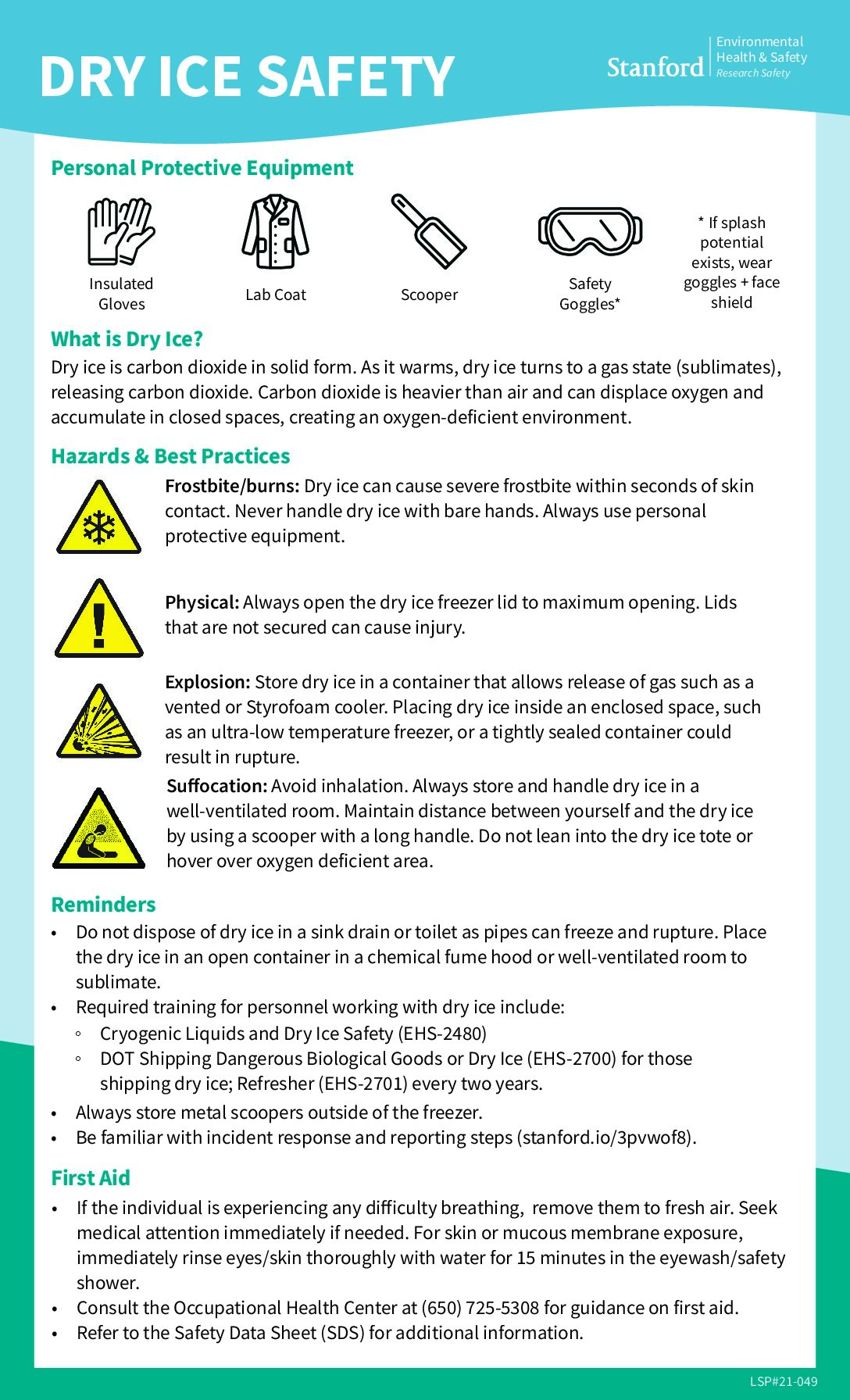Dry Ice Safety Data Sheet - For those providing assistance, avoid exposure to yourself or others. Find out the symptoms of over. Observe good personal hygiene, including washing. Learn about the hazards and precautions of dry ice, a solid form of carbon dioxide. Artificial respiration and/or oxygen may be necessary. Remove person to fresh air and keep comfortable for breathing. Use of safe work practices are recommended to avoid eye or skin contact and inhalation.
Remove person to fresh air and keep comfortable for breathing. Learn about the hazards and precautions of dry ice, a solid form of carbon dioxide. Observe good personal hygiene, including washing. Use of safe work practices are recommended to avoid eye or skin contact and inhalation. Find out the symptoms of over. Artificial respiration and/or oxygen may be necessary. For those providing assistance, avoid exposure to yourself or others.
For those providing assistance, avoid exposure to yourself or others. Artificial respiration and/or oxygen may be necessary. Use of safe work practices are recommended to avoid eye or skin contact and inhalation. Find out the symptoms of over. Learn about the hazards and precautions of dry ice, a solid form of carbon dioxide. Remove person to fresh air and keep comfortable for breathing. Observe good personal hygiene, including washing.
Safety Data Sheet Carbon Dioxide, Solid (Dry, 55 OFF
Find out the symptoms of over. Artificial respiration and/or oxygen may be necessary. Observe good personal hygiene, including washing. For those providing assistance, avoid exposure to yourself or others. Learn about the hazards and precautions of dry ice, a solid form of carbon dioxide.
Dry Ice Safety Tips
Find out the symptoms of over. Remove person to fresh air and keep comfortable for breathing. Use of safe work practices are recommended to avoid eye or skin contact and inhalation. For those providing assistance, avoid exposure to yourself or others. Artificial respiration and/or oxygen may be necessary.
SAFETY DATA SHEET Carbon dioxide, solid (Dry ice)
Artificial respiration and/or oxygen may be necessary. Find out the symptoms of over. Use of safe work practices are recommended to avoid eye or skin contact and inhalation. Observe good personal hygiene, including washing. Learn about the hazards and precautions of dry ice, a solid form of carbon dioxide.
Dry Ice Safety Compressed Gas Association
Use of safe work practices are recommended to avoid eye or skin contact and inhalation. Find out the symptoms of over. For those providing assistance, avoid exposure to yourself or others. Artificial respiration and/or oxygen may be necessary. Remove person to fresh air and keep comfortable for breathing.
Dry Ice Data Sheet Carbon Dioxide Dangerous Goods
Artificial respiration and/or oxygen may be necessary. Learn about the hazards and precautions of dry ice, a solid form of carbon dioxide. Observe good personal hygiene, including washing. Find out the symptoms of over. Remove person to fresh air and keep comfortable for breathing.
Dry Ice Safety Poster Stanford Environmental Health & Safety
Observe good personal hygiene, including washing. Learn about the hazards and precautions of dry ice, a solid form of carbon dioxide. Remove person to fresh air and keep comfortable for breathing. Artificial respiration and/or oxygen may be necessary. For those providing assistance, avoid exposure to yourself or others.
Safety data sheet Carbon dioxide, solid (Dry ice).
Artificial respiration and/or oxygen may be necessary. Find out the symptoms of over. For those providing assistance, avoid exposure to yourself or others. Learn about the hazards and precautions of dry ice, a solid form of carbon dioxide. Use of safe work practices are recommended to avoid eye or skin contact and inhalation.
Dry Ice Safety Precautions Greco Gas Inc.
For those providing assistance, avoid exposure to yourself or others. Learn about the hazards and precautions of dry ice, a solid form of carbon dioxide. Use of safe work practices are recommended to avoid eye or skin contact and inhalation. Remove person to fresh air and keep comfortable for breathing. Artificial respiration and/or oxygen may be necessary.
Polarice Dry Ice Safety Data Rev4 PDF Carbon Dioxide Chemical
Observe good personal hygiene, including washing. Use of safe work practices are recommended to avoid eye or skin contact and inhalation. Remove person to fresh air and keep comfortable for breathing. For those providing assistance, avoid exposure to yourself or others. Artificial respiration and/or oxygen may be necessary.
Dry Ice Safety Data Sheet
For those providing assistance, avoid exposure to yourself or others. Remove person to fresh air and keep comfortable for breathing. Use of safe work practices are recommended to avoid eye or skin contact and inhalation. Observe good personal hygiene, including washing. Find out the symptoms of over.
Observe Good Personal Hygiene, Including Washing.
Artificial respiration and/or oxygen may be necessary. Learn about the hazards and precautions of dry ice, a solid form of carbon dioxide. Use of safe work practices are recommended to avoid eye or skin contact and inhalation. Remove person to fresh air and keep comfortable for breathing.
For Those Providing Assistance, Avoid Exposure To Yourself Or Others.
Find out the symptoms of over.
